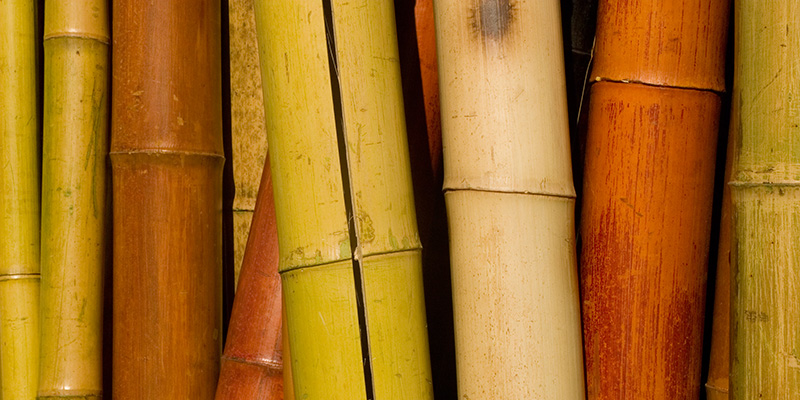
It can be difficult to find a healthful mattress that is manufactured without planet-harming practices.
But no need to panic! A little bit of research will go a long way to help you create the sleep you’ve been dreaming of.
It all starts with the materials. A mattress made with healthful, natural materials not only provides a safer sleeping environment, but has a lighter environmental footprint as well.
Eco-friendly materials?
Some mattress brands present a “green” or “eco-friendly” profile that makes a mattress seem healthful and environmentally benign. Overwrought descriptions may sound “green,” but their true purpose is often more hype than help.
Bamboo. Believe it or not, processing even highly-renewable bamboo is not an environmentally-friendly practice. Making soft bamboo fabric involves processing bamboo fibers with carbon disulfide—a highly toxic chemical which has led companies such as Patagonia to avoid bamboo despite its “green” connotation.
Essential oils. Essential oils are intended to be applied to skin, ingested, or inhaled. It’s highly unlikely that such oils inside your mattress will lead to more healthful sleep. More likely, plant oils are used for marketing purposes—to make a mattress smell like a spa or hint that it has nearly-therapeutic properties.
Memory foam. Is memory foam eco-friendly? It may be open to interpretation, but the chemicals in memory foam include very toxic compounds. And despite some labeling, there is no such thing as a “natural memory foam.” It takes copious amounts of chemicals to create the novel contouring reaction of memory foam.
PLA. PLA (or polylactide) polyester can be made from non-GMO crops, but many are derived from GMO corn. A complete lifecycle analysis of PLA has caused companies such as Patagonia to ban the use of PLA in their products.
Tea leaves. Tea leaves in a mattress? This is an inventive marketing twist that seems aimed to capitalize on the healthful associations of tea drinking. But if you really “read the tea leaves,” it’s likely you’ll learn they’re just a tactic, not a practical mattress component.
Silica. Many “organic mattresses” contain silica in combination with some wool in order to meet federally-mandated flame retardancy requirements. Savvy Rest mattress casings contain only certified organic wool batting and certified organic cotton.
Certified organic and natural materials
Materials that have been evaluated and certified by respected third-party agencies can be trusted for healthfulness and safety. You will find these certified organic materials in Savvy Rest mattresses.
Organic wool. Wool batting beneath a sleeper stays cool and dry and helps the body regulate temperature. It doubles as a natural alternative to the dangerous chemical flame retardants found in most mattresses. Certified organic wool does not contain silica.
Organic cotton. Organic cotton? Good choice. Conventional cotton? Not so much. Conventional cotton cultivation is responsible for 35% of worldwide pesticide use and is environmentally devastating. It is not “the fabric of our lives.” Organic cotton does not contribute to this immensely destructive pollution.
Natural latex. Often a small amount of natural latex will be blended with materials such as memory foam (polyurethane) or cheap fillers. True natural latex is backed by independent tests and certifications that validate its purity and healthfulness. Savvy Rest uses only certified organic natural Dunlop and Cradle-to-Cradle certified natural Talalay—the finest natural latex available worldwide.